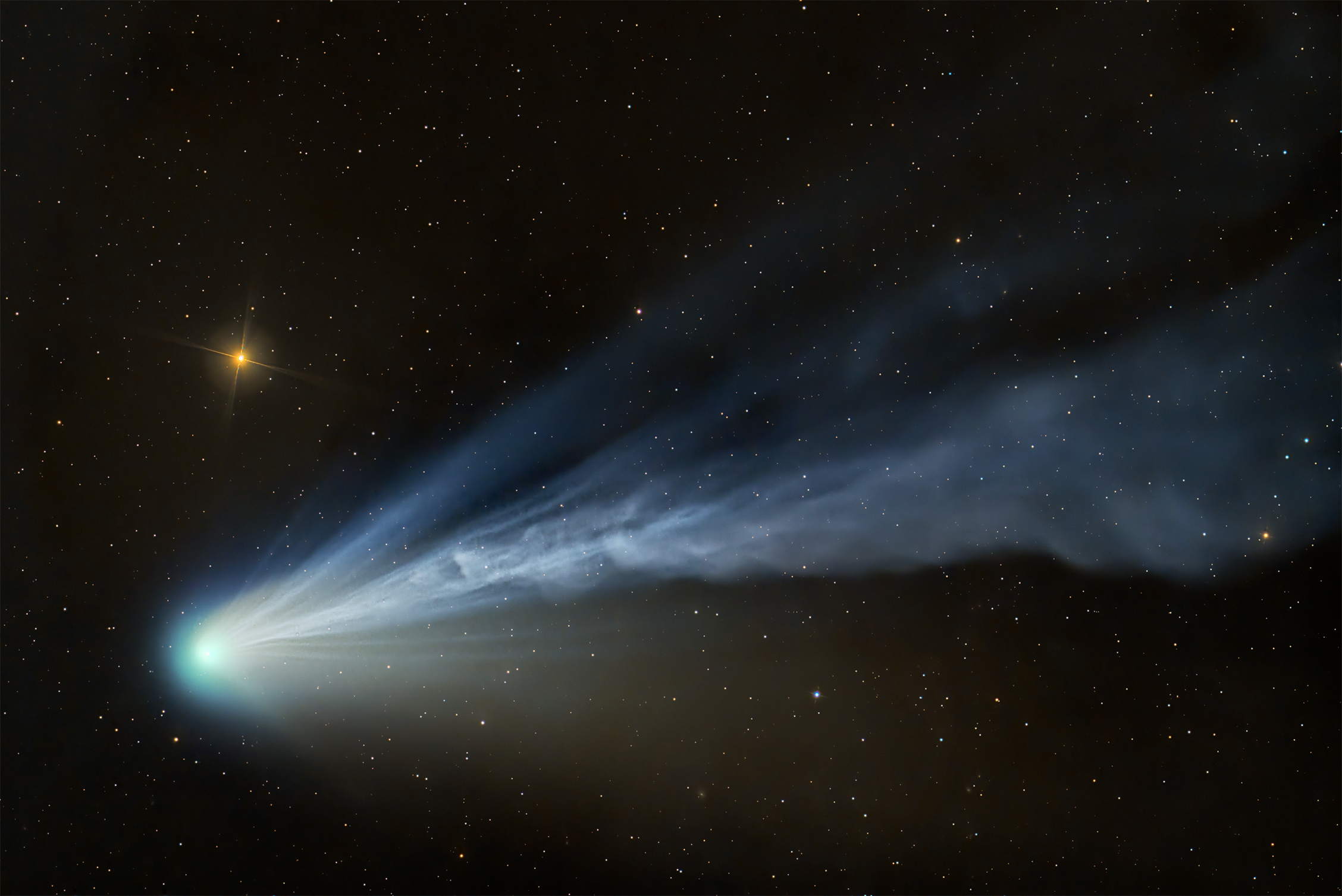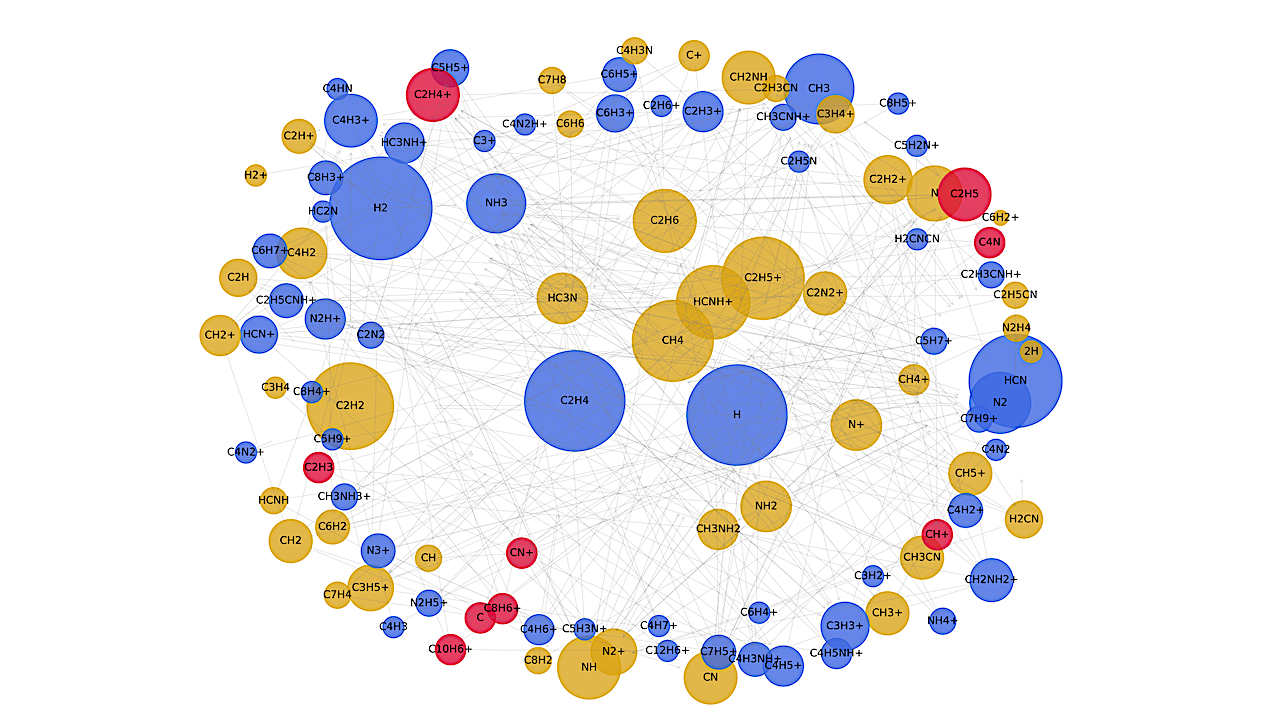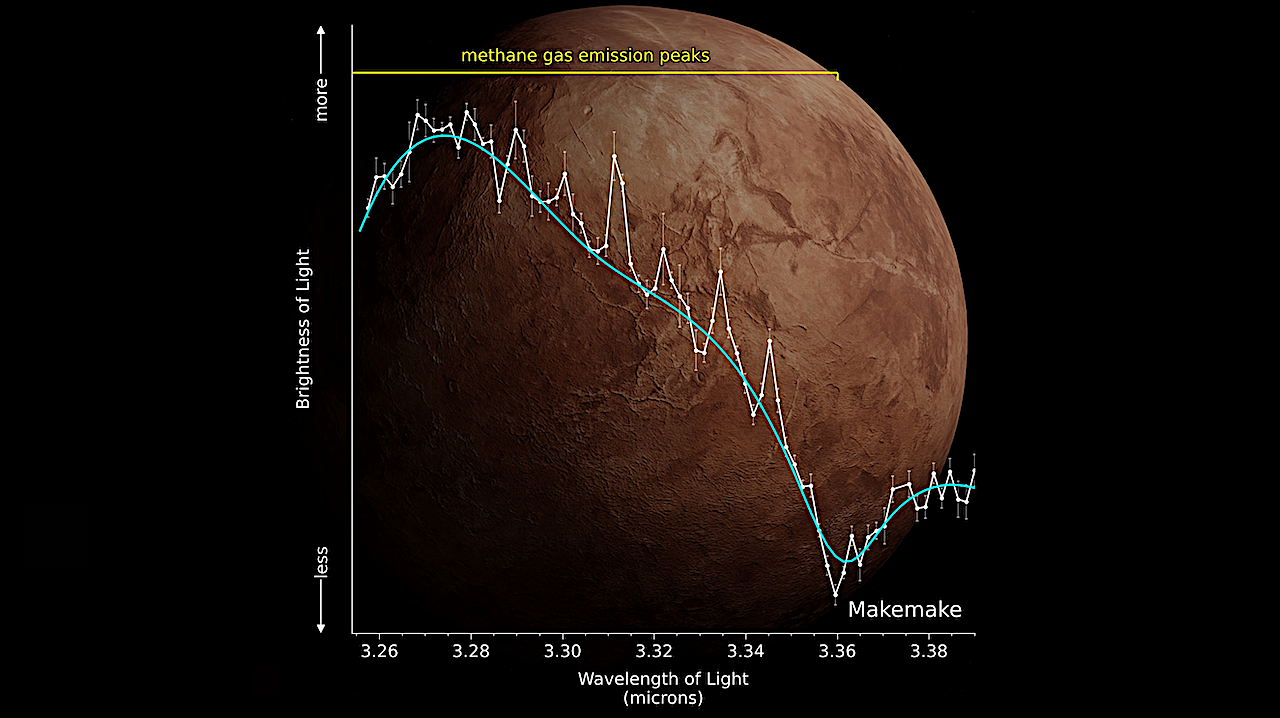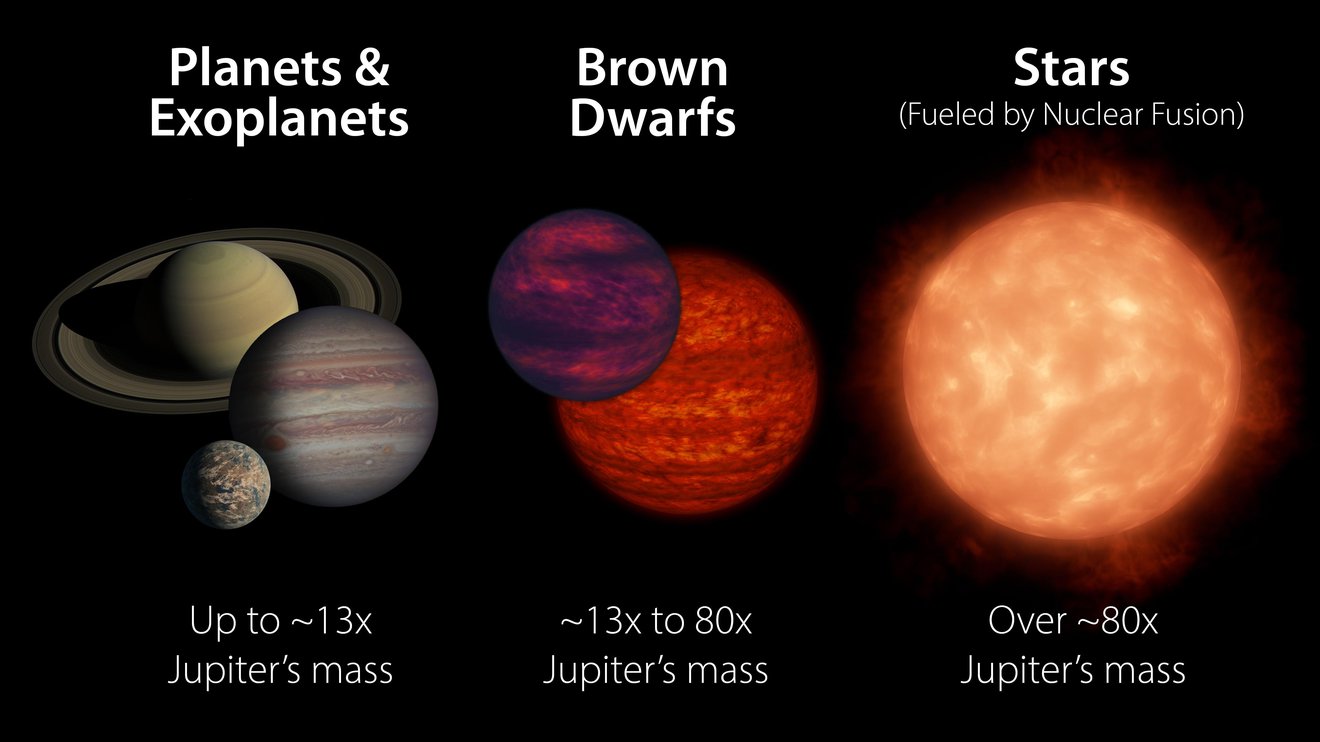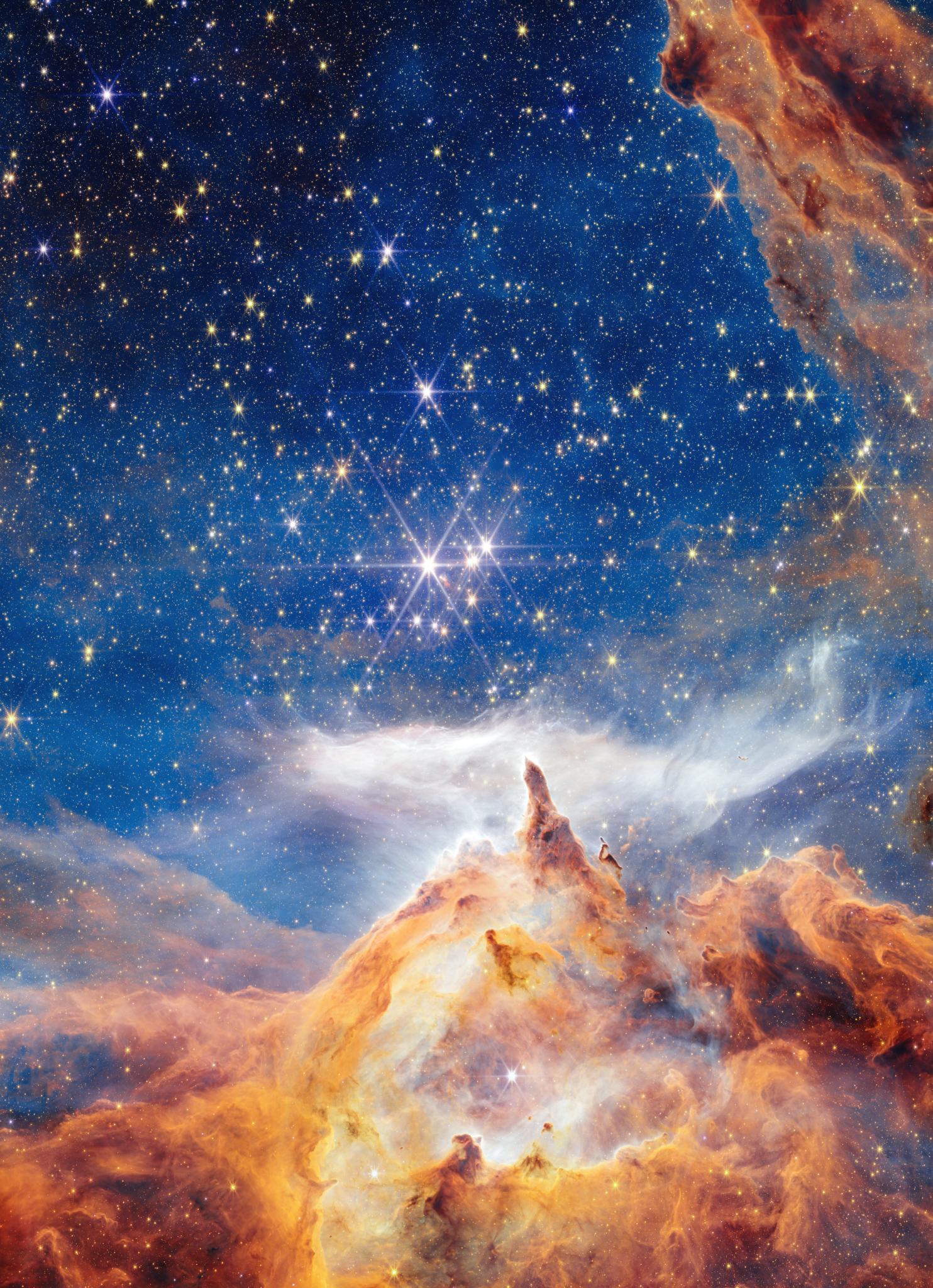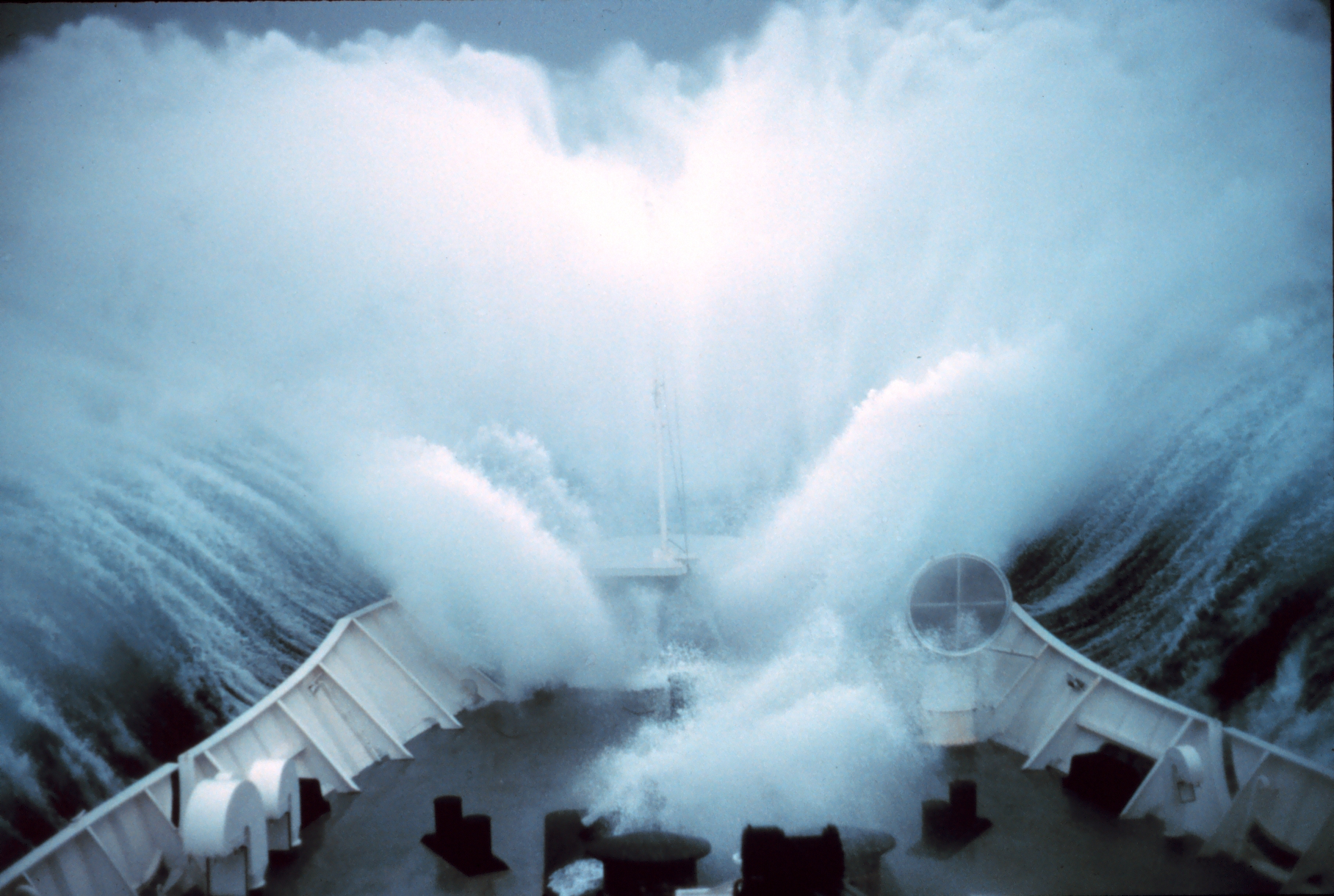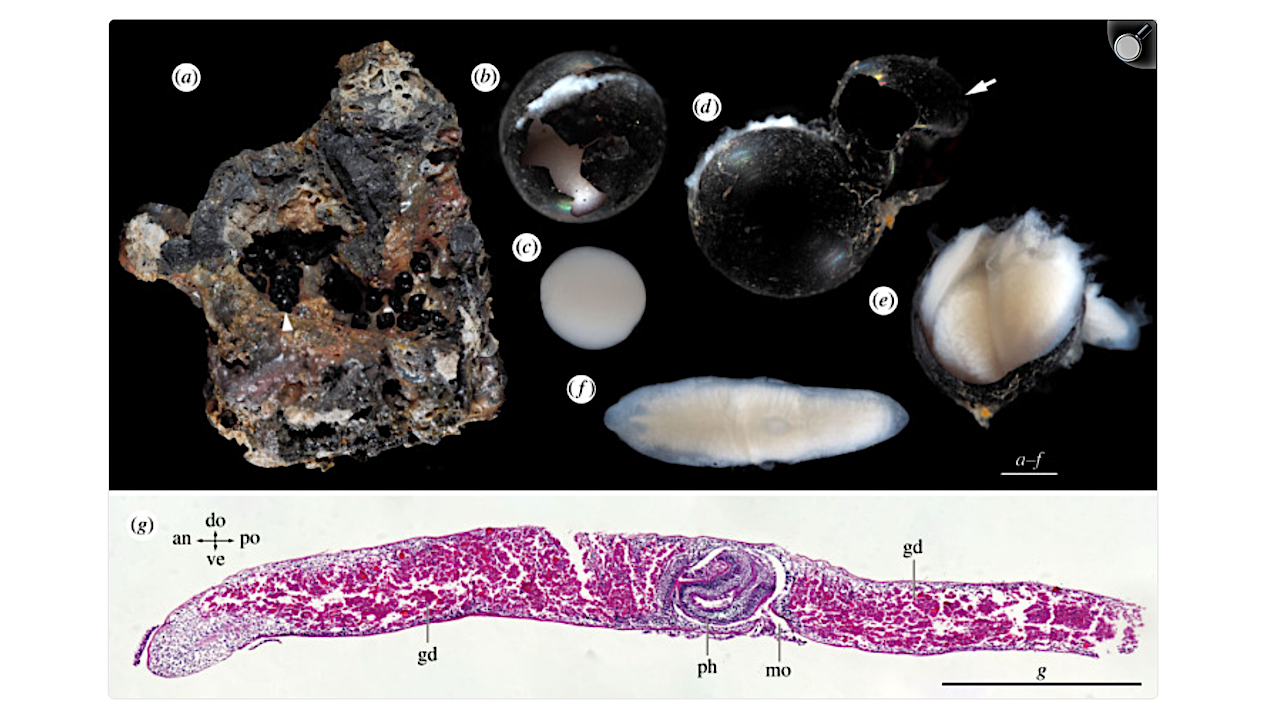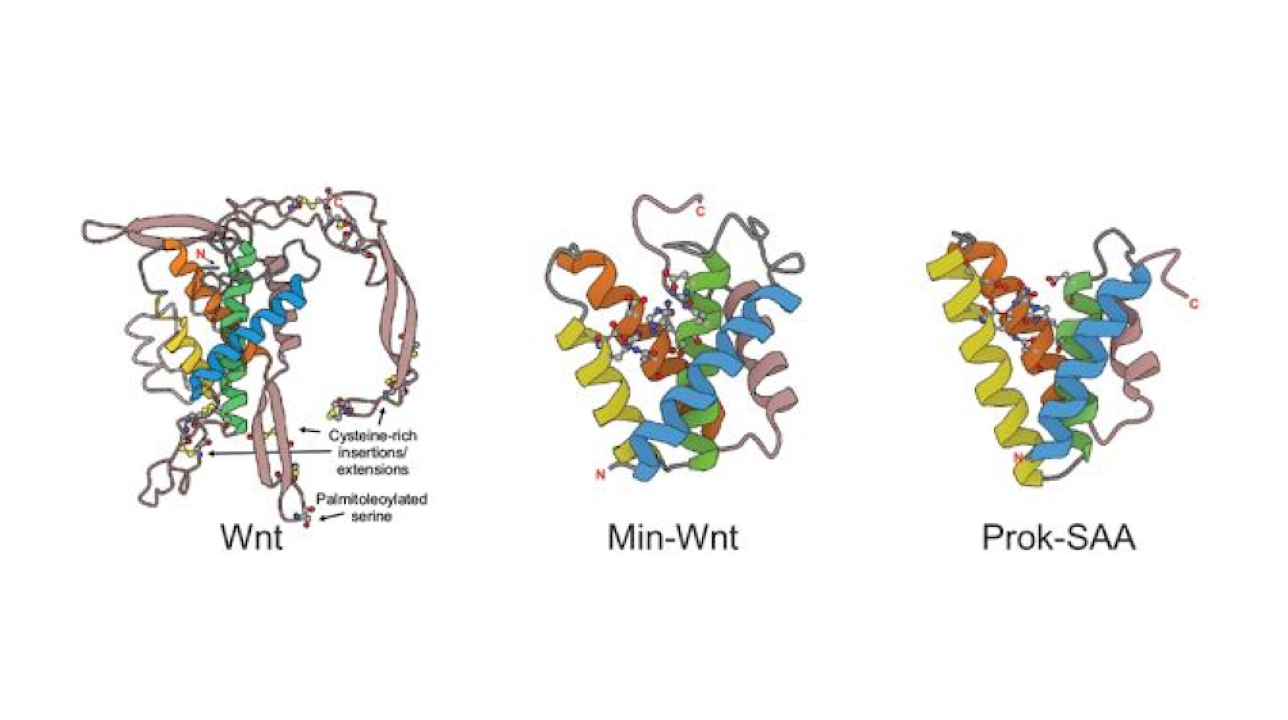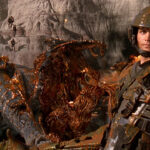2 min read Preparations for Next Moonwalk Simulations Underway (and Underwater) For general inquires: Frank Hui Phone: (650) 604-5395 E-mail: frank.c.hui@nasa.gov For questions regarding scheduling of arc jet tests: Enrique Carballo
Archive for September, 202581- Page
One of the winners of the 2025 ZWO Astronomy Photographer of the Year Awards. (Image credit: Comet 12P/Pons−Brooks Taking a Final Bow © Dan Bartlett) The winners of the 2025
TRAPPIST-1 is a red dwarf star located about 40 light years away that hosts seven Earth-sized rocky planets, with at least three orbiting in the habitable zone where liquid water
Schematic diagram showing all the model pathways leading to the production of both neutrals and cations. Each molecular species indicated here has a node whose size is proportional to the
An SwRI-led team used Webb telescope observations (white) to detect methane gas on the distant dwarf planet Makemake. Sharp emission peaks near 3.3 microns reveal methane in the gas phase
Using the James Webb Space Telescope (JWST), astronomers have investigated a “failed star,” or brown dwarf, nicknamed “The Accident.” Their results may help solve a long-standing mystery surrounding the solar
NASA, ESA, CSA, STScI NASA’s James Webb Space Telescope captured this sparkling scene of star birth in an image released on Sept. 4, 2025. Called Pismis 24, this young star
5 min read Preparations for Next Moonwalk Simulations Underway (and Underwater) A ship plows through rough seas in the Bering Sea in the aftermath of Typhoon Tip, one of the
Freshly collected egg capsules (or cocoons) and flatworms. (a) Egg capsules on rock fragment (arrowhead, one egg capsule). (b) Partly opened egg capsule containing three spherical-stage flatworms. (c) Spherical-stage flatworm
The four helices conserved across the Lipocone superfamily constitute a cone-like structure, with the helices tending to coalesce on one end and open out into a pocket on the other,
-
 012024 in Review: Highlights from NASA in Silicon Valley
012024 in Review: Highlights from NASA in Silicon Valley -
 02Panasonic Leica Summilux DG 15mm f/1.7 ASPH review
02Panasonic Leica Summilux DG 15mm f/1.7 ASPH review -
 03How New NASA, India Earth Satellite NISAR Will See Earth
03How New NASA, India Earth Satellite NISAR Will See Earth -
 04And Thus Begins A New Year For Life On Earth
04And Thus Begins A New Year For Life On Earth -
 05Astronomy Activation Ambassadors: A New Era
05Astronomy Activation Ambassadors: A New Era -
06SpaceX launch surge helps set new global launch record in 2024
-
 07Space Force plans new ‘Futures Command’ amid pressure to speed up modernization
07Space Force plans new ‘Futures Command’ amid pressure to speed up modernization


